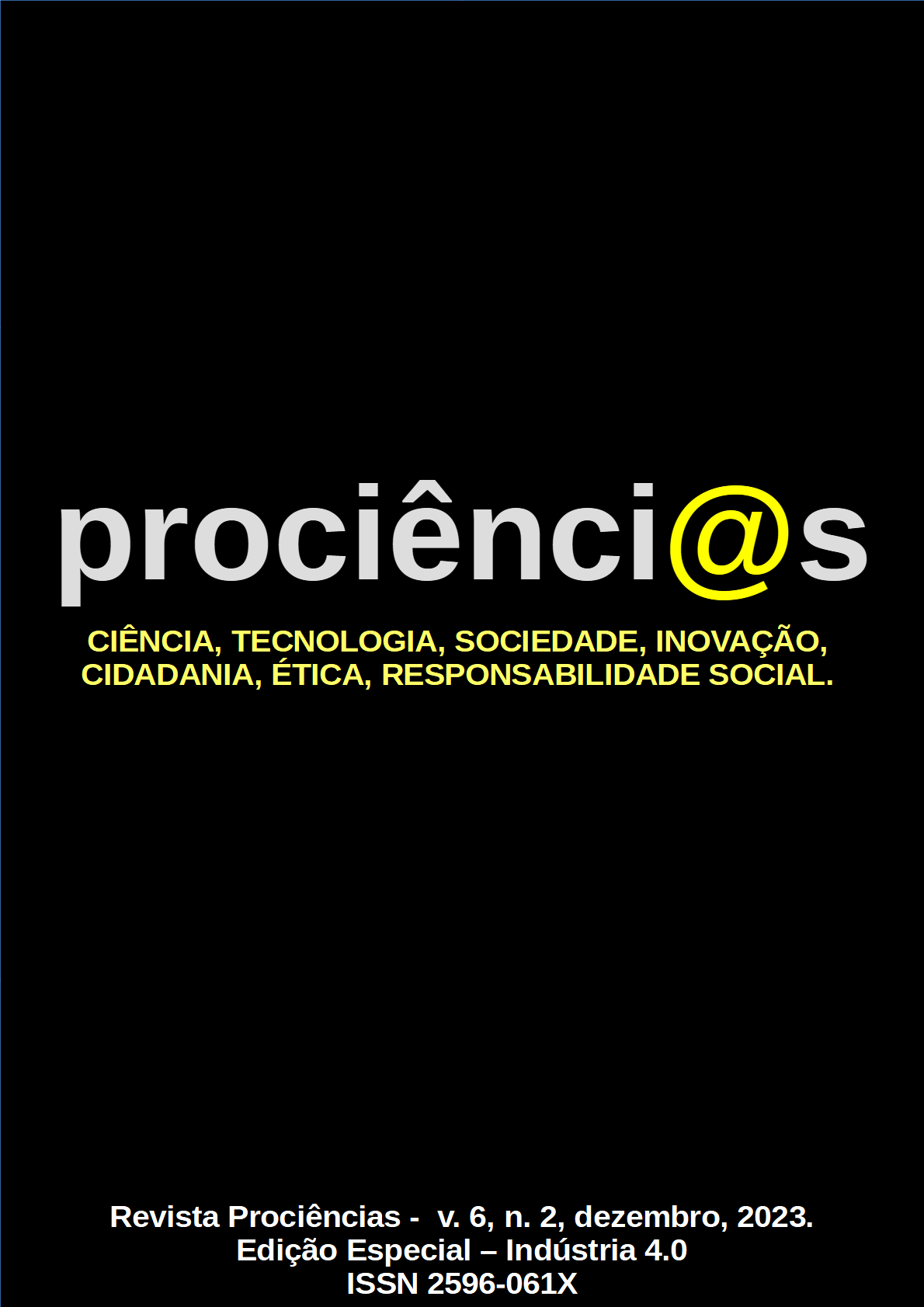DESARROLLO DE UNA PRÓTESIS PARA LA AUSENCIA DE LA FALANGE MEDIA
Resumen
La falta de uno de los dedos de la mano, ya sea debido a un trauma, una enfermedad o una anomalía congénita, provoca deficiencias funcionales y disfunciones sociales en el paciente. Actualmente, la industria ofrece diversas opciones de prótesis, algunas con carácter funcional que devuelven algunos movimientos de las extremidades perdidas, mientras que otras son puramente estéticas. Sin embargo, gran parte de estas prótesis tiene un alto costo monetario y dificultades para encontrar su fabricación (a menudo importadas de países desarrollados), principalmente debido a su gran complejidad, lo que las hace inaccesibles para la mayoría de las personas. Además del alto costo, también existe la falta de un modelo simple y funcional para atender a quienes necesitan una prótesis individual para dedo o extremidad. El objetivo de este trabajo fue investigar una estructura mecánica funcional que, a través de una prótesis personalizada, permita la recuperación de movimientos restringidos de los dedos y presente un bajo costo económico. Para lograrlo, se realizó una investigación exploratoria con análisis cualitativo. El modelo se desarrolló mediante el proceso de impresión 3D y se utilizó PLA como material. El prototipo mostró la flexión esperada, con ángulos alcanzados muy similares a los de la flexión de los dedos humanos. Además, el modelo también permitió realizar tareas diarias, como escribir y agarrar objetos. Además, el prototipo funciona en base al movimiento del muñón del paciente, proporcionando movilidad independiente y comodidad adecuada
Descargas
Citas
ARAÚJO R., TEIXEIRA P., REIS A., SILVA M.B., MARTINS P.A.F. Single point incremental forming of a medical implant. Key Engineering Materials. 2013; 554-557:1388-93.
BARBINTA AC; Chelariu R; Crimu CI; Istrate B; Nazarie S; Earar K; Munteanu C; Metallographic characterization of a new biomedical titanium-based alloy for orthopedic applications. Bulletin of the Transilvania University of Brasov. Series I: Engineering and Science. 2013; 6(55):83-8
BELTER, JOSEPH T.; Jacob L. Segil; Aaron M. Dollar, Richard F. Weir. Mechanical design and performance specifications of anthropomorphic prosthetic hands: A review. JRRD Volume 50, Number 5, 2013 Pages 599–618.
BONESMART. Knee replacement implant materials. San Jacinto: FARM; 2015.
BRYCE G. RUTTER, Revista Innovation, Spring 2015. P 19.
C. LEE VENTOLA. Medical Applications for 3D Printing: Current and Projected Uses. P T. 2014;39(10):704-11.
CHEN Y, et al. CaliBayes and BASIS: integrated tools for the calibration, simulation and storage of biological simulation models. Brief Bioinform 11(3):278-89. 2010.
DALEFFE, ANDERSON & SCHAEFFER, LIRIO & FRITZEN, DANIEL & CASTELAN, JOVANI. (2013). Analysis of the Incremental Forming of Titanium F67 Grade 2 Sheet. Key Engineering Materials. 554-557. 195-203. 10.4028.
EKSTEEN PD, Van der Merwe AF. Incremental sheet forming (ISF) in the manufacturing of titanium based plate implants in the bio-medical Sector. In: Proceedings of 42nd Computers and Industrial Engineering; 2012 Jul 15-18; Cape Town. New York: Curran Associates; 2012. p. 569-76.
FABI DW, LEVINE B.R. Porous Coatings on Metallic Implant Materials. ASM Handbook, Volume 23: Materials for Medical Devices. 2012:307–319.
GÉRRARD EDDY, Jai Poinern, Sridevi Brundavanam, Derek Fawcett. Biomedical Magnesium Alloys: A Review of Material Properties, Surface Modifications and Potential as a Biodegradable Orthopaedic Implant. American Journal of Biomedical Engineering p-ISSN: 2163-1050 e-ISSN: 2163-1077 2012; 2(6): 218-240.
IAN BIRRELL. 3D-Printed prosthetic limbs: the next revolution in medicine. 2017.
JACOB SCHWARTZ. How CNC Machining and 3D Printing Have Impacted Medical Devices and Prosthetics. 2015.
LEAL, NUNO. Desenvolvimento do processo de fabrico de próteses humana sem silicone para substituição de órgãos em tecidos moles. Faculdade de Engenharia da Universidade do Porto Fevereiro de 2011.
LUCENA, BRUNO. Amputação e próteses de Membros Superiores. Faculdade Maurício de Nassau, Campina Grande, 2015.
M. NAVARRO, A; Michiardi; O. Castaño and J. A. Planell. Biomaterials, Implants and Tissue Engineering, Institute for Bioengineering of Catalonia (IBEC). CIBER-BBN, 08028 Barcelona, Spain.
MATASSI F., CARULLI C., CIVININI R., INNOCENTI M. Cemented versus cementless fixation in total knee arthroplasty. Joints. 2014 Jan 8;1(3):121-5. eCollection 2013 Jul-Sep.
NOURI ALIREZA; Peter D. Hodgson; Cui’e Wen. Biomimetic Porous Titanium Scaffolds for Orthopedic and Dental Applications. Biomimetics Learning from Nature. 2010 ;21:415–450.
PAITAL, NARENDA (2009) - Sameer R. Paital, B. Narendra B. Dahotre. Calcium phosphate coatings for bio-implant applicatios: Materials, performance factors, and methodologies. Materials Science and Engineering R 66 (2009) 1-70.
SAKALKALE, DURGADAS P. et al.Total hip arthroplasty in patients on long-term renal dialysis. The Journal of Arthroplasty , Volume 14 , Issue 5 , 571 - 575
SCHULZ, R. C. Acrylamide polymers. In: ENCYCLOPEDIA ofpolymer science and engineering. New York: John Wiley,1985. v. 1, p. 169-211.
SELIM KÜSEFOĞLU. Carbon Fiber / Epoxy Composites: Ideal Materials for Orthopedic Prosthetics. 2018.
TORRES, MARCELO. Evolução das próteses mecânicas. Universidade Estadual Paulista, Guaratinguetá, 2010.
WEBSTER, JOHN G. Encyclopedia of Medical Devices and Instrumentation. Volume 1º, 2º edição. John Wiley & Sons, Inc. 2006.


